Tips For Adding Bulbs To Your Flower Garden
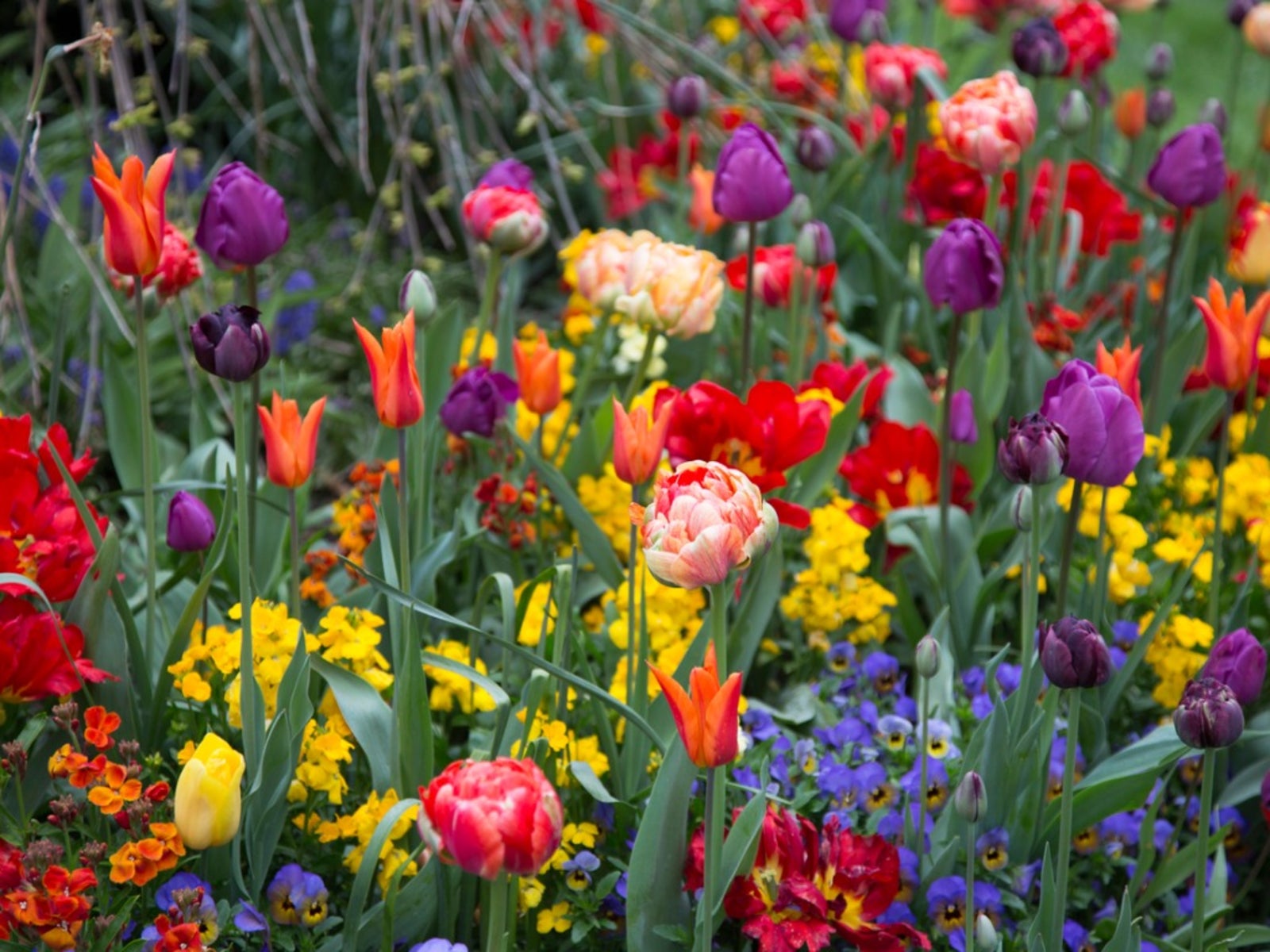

Who can resist the beauty of a blooming red tulip, a delicate purple iris, or an orange oriental lily? There's just something so astounding about a small, inert bulb producing such a magnificent flower in a relatively short amount of time.
Fall-planted bulbs will add an exciting dimension to your flower garden in early spring while spring-planted bulbs will add brilliant color to your garden throughout the summer. There is one thing that you can always count on with bulbs: they will steal the show in your flower garden! So when is the best time for planting to take advantage of these blooms? Keep reading to get tips for adding bulbs to your flower garden.
Information About Bulbs
Bulbs can be a bit mysterious, so let's start with some background information. They can be broken down into three basic categories: spring-blooming, summer-blooming, and fall-blooming.
Spring-blooming bulbs: These bulbs must have a period of dormant, cold weather before they come to life in early to late spring. Be sure to plant your spring-blooming bulbs before the first hard frost in fall and soon after your soil temperature cools down to 60 degrees F. (16 C.). An inexpensive soil thermometer will tell you where your flower bed's temperature is currently. Be sure to take the temperature reading during the warmest part of the day though.
Common spring-blooming bulbs include:
Summer-blooming bulbs: These should be planted in late spring. Unlike spring-blooming bulbs, these bulbs can't withstand and don't appreciate cold winter temperatures. Every year my friend religiously digs up gladioli bulbs and stores them in a shoebox in the closet until the next spring thaw. Be sure to check the requirements of your summer-blooming bulbs before you buy; for some gardeners, myself included, planting in spring and digging up in fall is too much of a commitment.
Common summer-bloomers are:
Gardening tips, videos, info and more delivered right to your inbox!
Sign up for the Gardening Know How newsletter today and receive a free copy of our e-book "How to Grow Delicious Tomatoes".
Fall-blooming bulbs: These bulbs are planted typically in the late summer to early fall. They usually bloom the first autumn that you plant them-- instant gratification! In the spring, the foliage will pop out of the ground, die off in summer, and the flowers will appear all alone in the fall. These bulbs don't mind spending the winter in the ground either.
A few popular fall-blooming bulbs include:
Planting Bulbs in Your Flower Garden
Now that you're a little more familiar with bulbs, here's a little planting advice that all bulbs will appreciate regardless of which season they're planted.
Before planting, close your eyes and imagine what effect you want to create with the bulbs when they bloom in spring, summer, or fall. If you already have perennials established in your proposed bulb's flower bed, try to recall when they bloom. If they bloom in late June, you might want to plant crocus or tulips there (spring bloomers) to extend the blooming cycle and keep the color going all season long.
When preparing the site for planting the bulb or a group of bulbs, be sure to choose an area that gets at least six hours of sunlight per day unless you're specifically planting a shade-loving bulb. Dig your planting hole three times deeper than the diameter of the bulb. If you want to go for a natural, rustic look in your flower garden, try planting groups of 15 or more bulbs randomly in one area. Or, if a more formal look is what you desire, circular plantings of three to five bulbs set at regular intervals would be more appropriate. Either way you choose, the effect will be eye-catching.
Into your planting hole, incorporate some compost and bulb food and place your bulb or group of bulbs (pointy side facing up and 3 inches (8 cm.) apart), being careful not to put the bulb into direct contact with any artificial fertilizers you're using. Next, replace the dirt you previously dug up mixed with some compost or decomposed manure and lightly tamp it down.
Mulching with an inch or two of leaf matter is a brilliant idea, especially where winters are bone-chilling cold. Water the bulbs in well and your job is complete; they won't need much attention after the planting, although you won't be able to keep your eyes off of them when they're in bloom.
Every bulb is gloriously different and therefore, may have slightly different needs, so be sure to consult your gardening encyclopedia or nursery professional for directions on how to care for your bulbs. If you've chosen the summer-blooming bulbs and you must dig them up in the fall, be sure to wait until the foliage has turned brown and the first frost is near. These bulbs rely on a short dormant period after blooming to invigorate the bulb and prepare it for next season. After digging up and drying for 24 hours, store these bulbs in a cool location covered in damp peat moss.
Don't miss out on the exciting adventures that bulbs can bring to your flower garden next season.

Arista Hageman is a writer for Gardening Know How who specializes in flower gardening.
-
 Looking For Plants To Give You The Soft And Fuzzies? Try These 5 Fuzzy Leaf Plant Options
Looking For Plants To Give You The Soft And Fuzzies? Try These 5 Fuzzy Leaf Plant OptionsLovers of texture, drama, silver foliage and tactile plants will adore these special sensory garden additions. These fuzzy leaf plant options will leave you all aglow
By Susan Albert
-
 Get Ready For A Summer Of Hummers! Grow These Full Sun Hummingbird Plants and Flowers
Get Ready For A Summer Of Hummers! Grow These Full Sun Hummingbird Plants and FlowersIf you’re lucky enough to enjoy a sunny backyard, make sure you are maxing out on your pollinator opportunities and grow these full sun hummingbird plants and flowers
By Tonya Barnett
-
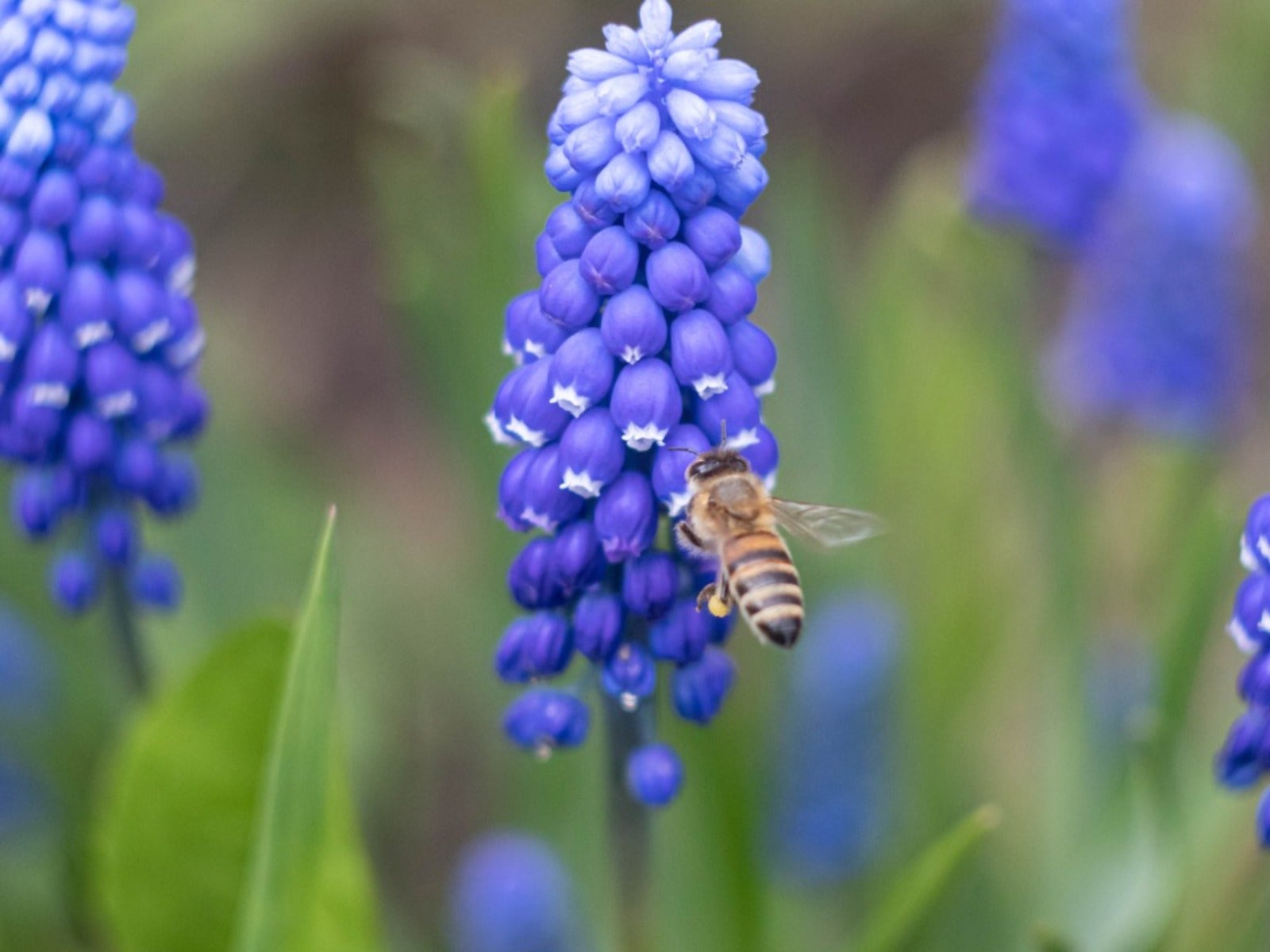 Pretty Spring Bulbs For Pollinators
Pretty Spring Bulbs For PollinatorsWhat are the best flowering bulbs for pollinators in spring? Click here to find out.
By Mary Ellen Ellis
-
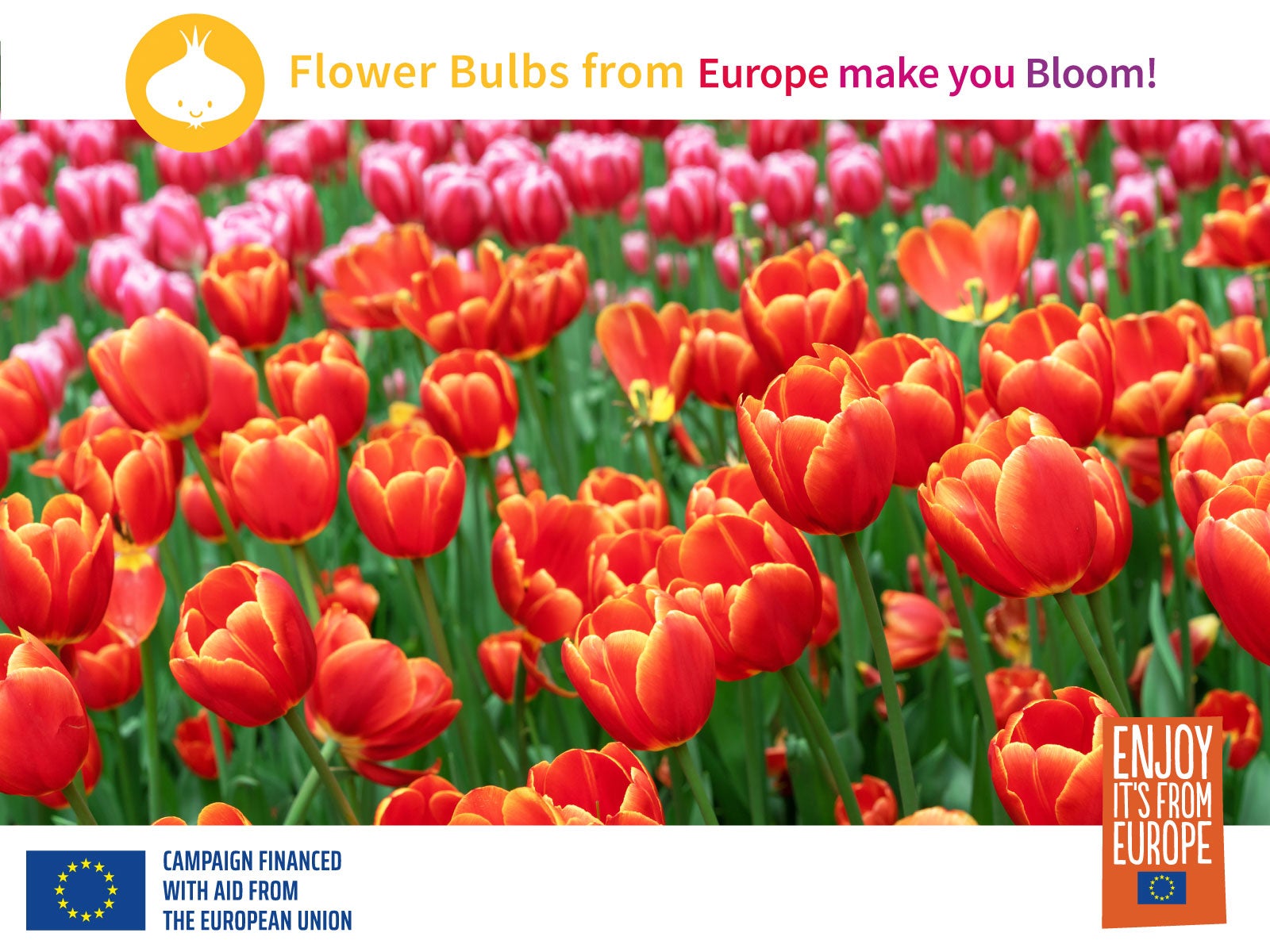 Grow An Early Spring Flowering Bulb Lawn
Grow An Early Spring Flowering Bulb LawnWant a lawn that nourishes pollinators, never needs weeding, and grows more beautiful every year? We have the lawn for you. Click for more.
By Caroline Bloomfield
-
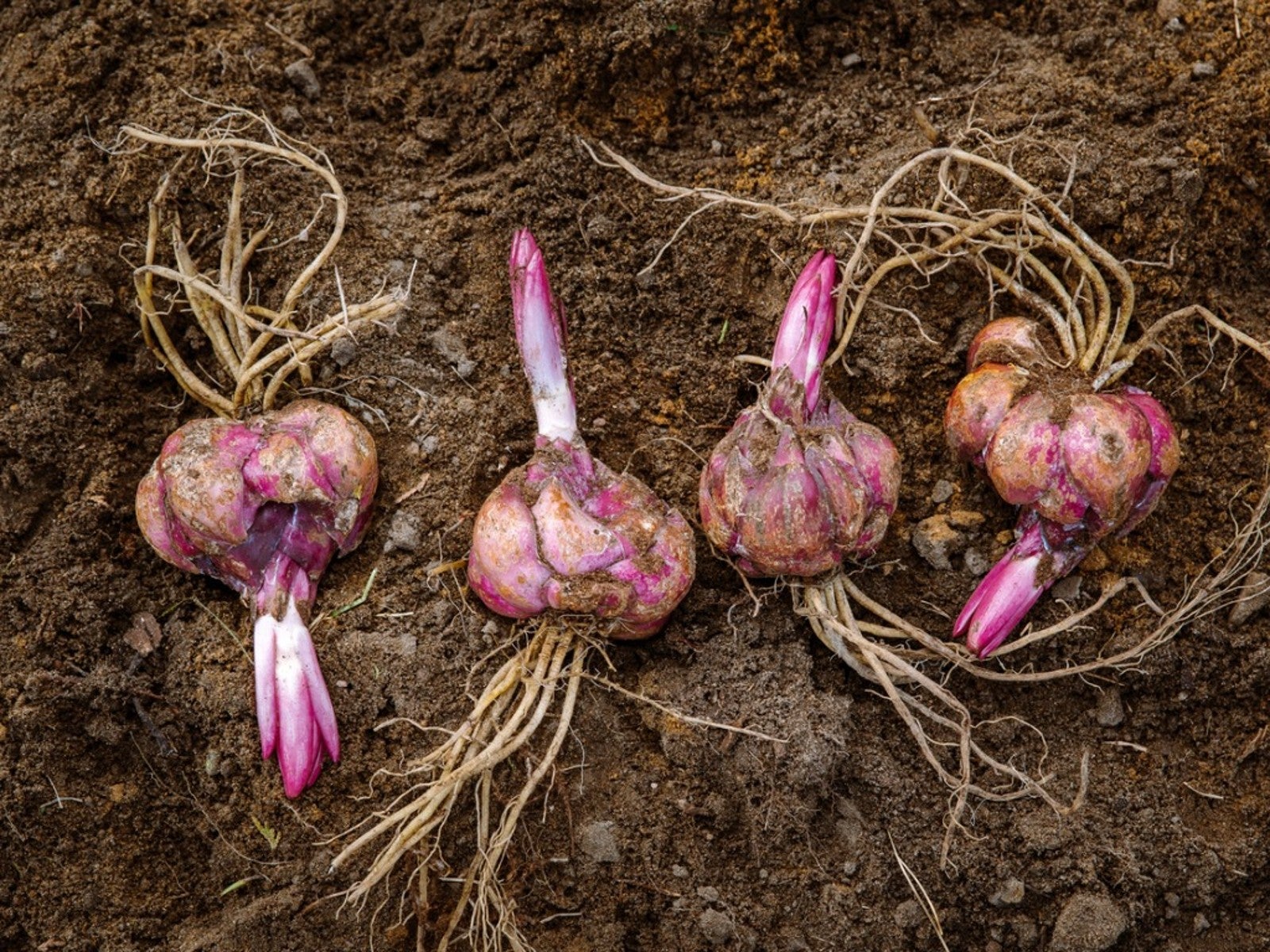 When To Dig Up Bulbs That Bloom In Summer
When To Dig Up Bulbs That Bloom In SummerClick here to learn when to dig up faded summer bulbs of some of the most common ornamentals grown.
By Tonya Barnett
-
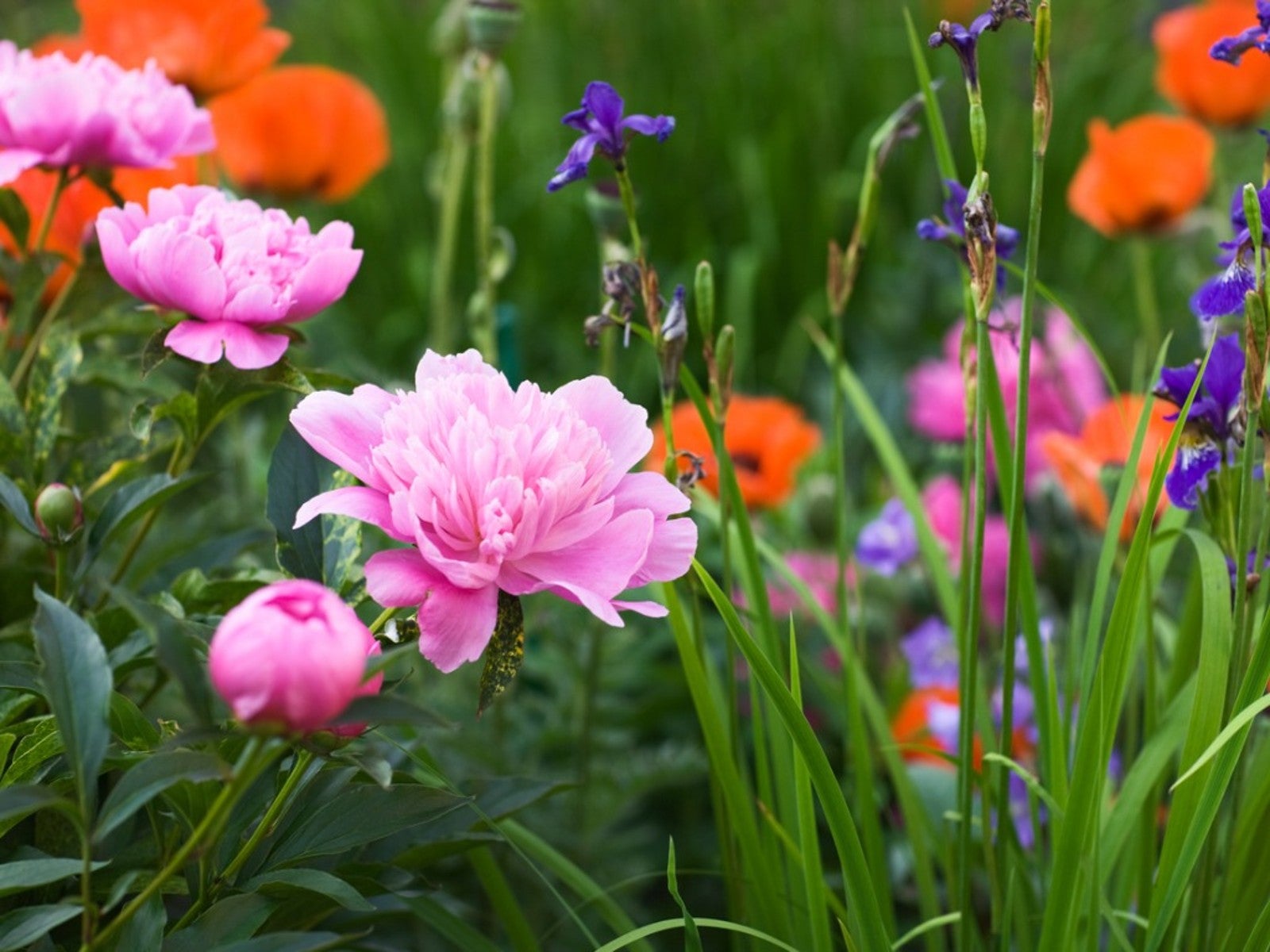 Corms, Tubers, And Bulbs That Are Deer Resistant
Corms, Tubers, And Bulbs That Are Deer ResistantWe love tulips, and so do deer! If you have hungry deer and you hunger for spring blooms, this article should help.
By Amy Grant
-
 Care for Bulbs After Blooming
Care for Bulbs After BloomingIt's tempting to chop down the leaves after you bulbs have bloomed, but you have to resist this urge! Click to learn why.
By Amy Draiss
-
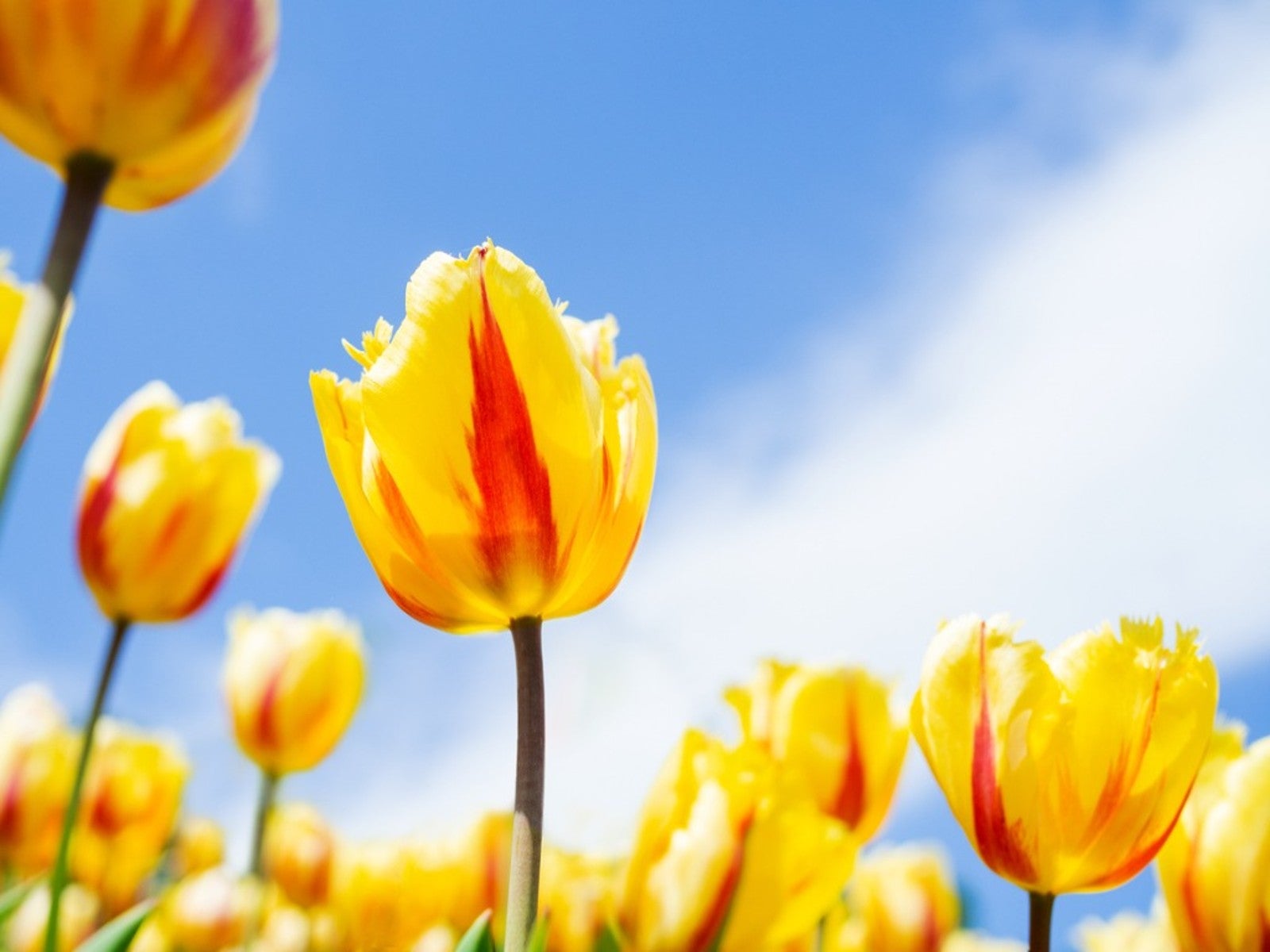 Best Spring Bulbs for Sun and Shade: Bulbs That Grow in Shade and Full Sun
Best Spring Bulbs for Sun and Shade: Bulbs That Grow in Shade and Full SunBulbs are beautiful harbingers of spring. Most flower bulbs thrive in full sun, but what if you have a shaded landscape? Read on for more.
By Amy Grant
-
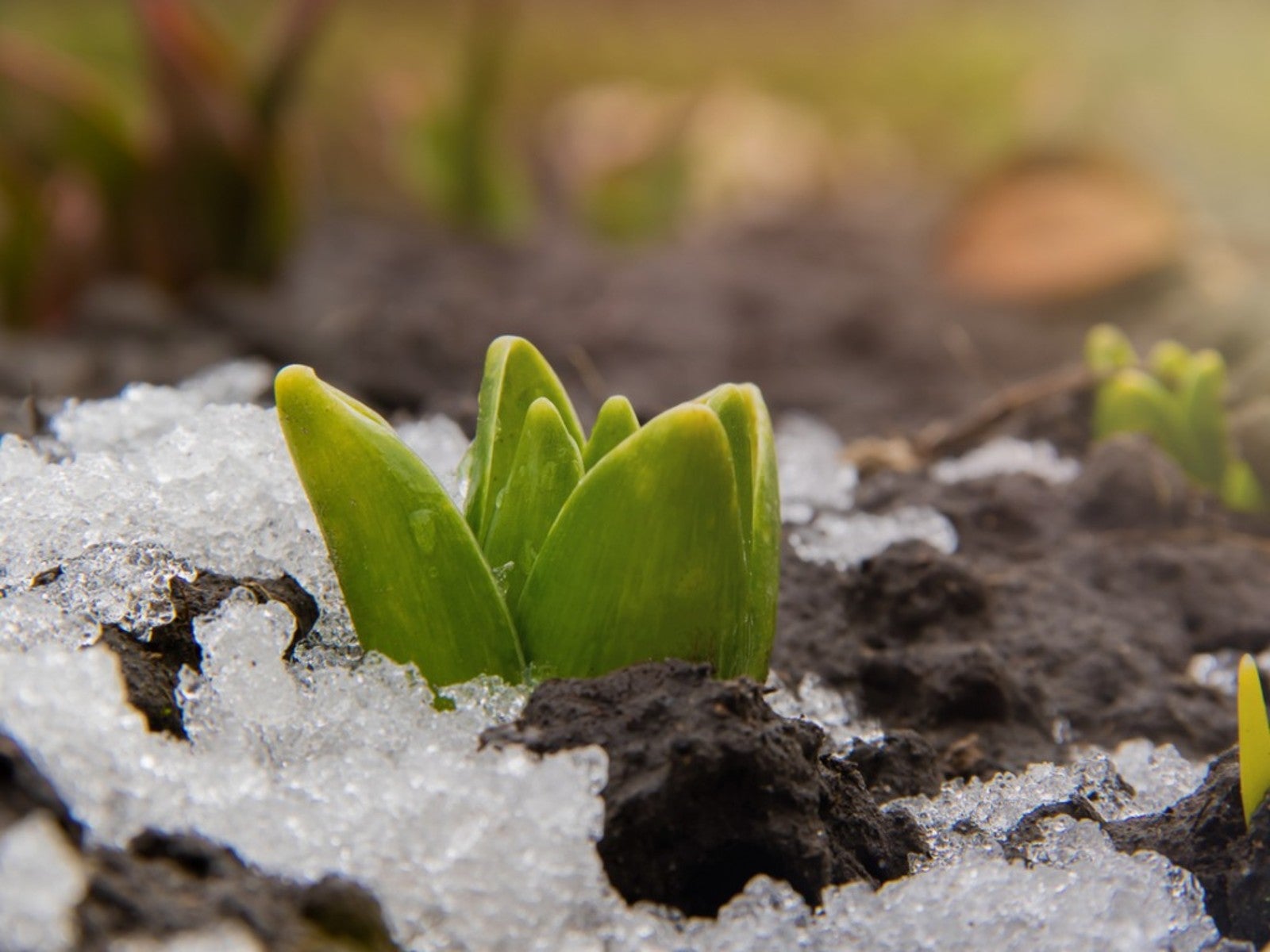 Bulb Life Cycle In Winter: What Bulbs Do For Months Under The Snow
Bulb Life Cycle In Winter: What Bulbs Do For Months Under The SnowDormancy in winter doesn't mean nothing is happening with bulbs. It just means you don't see any growth above the ground. Read on for more.
By Bonnie L. Grant
-
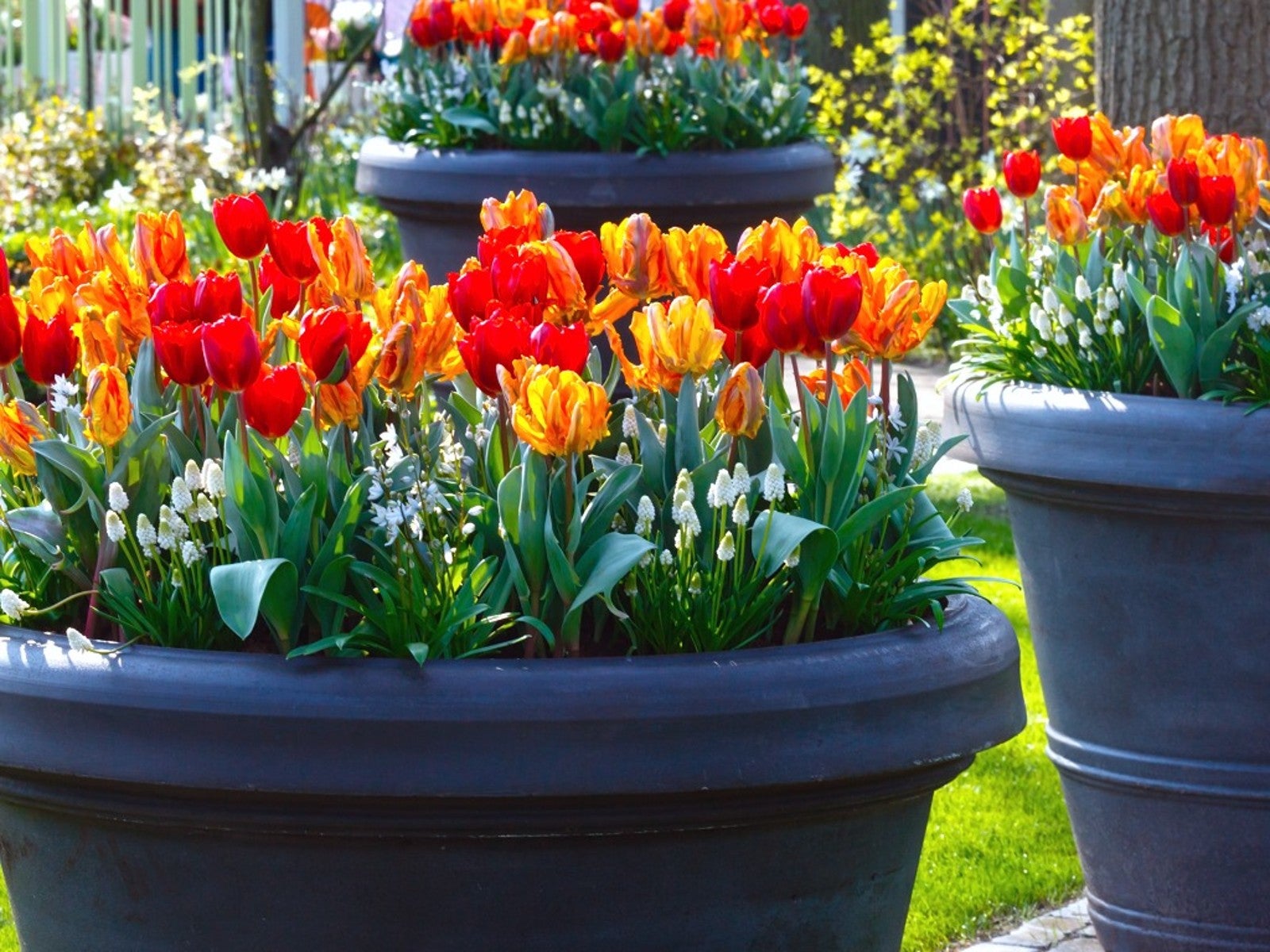 How To Plant Bulbs In Pots - Lasagna Style
How To Plant Bulbs In Pots - Lasagna StylePlanting bulbs in containers is an easy way to create a gorgeous spring porch arrangement, especially when you use the lasagna method.
By Laura Walters